Typical Costs When Traveling
Exchange Rate
The currency in Romania is the Romanian leu/lei (singular/plural). Exchange rates are subject to fluctuations, so be sure to check this as your trip approaches. On average, 1 leu equals about £.18 British Pounds, $.23 U.S., €,21, and 1.6 Chinese Yuan.
Accommodation
A hostel room or budget hotel is around 50 lei a night (£9, $11.50, €10,50, 79.50 Yuan). A mid-range hotel will be about 120 lei a night (£22, $28, €25, 190 Yuan). Higher-end accommodations start at 200 lei a night (£36, $46.50, €42, 318 Yuan) and go up from there.
Airbnb prices are usually one of the most expensive housing options in Romania, averaging around 230 lei a night (£41, $53.50, €48, 365 Yuan).
Food
Meals from markets or street stalls are relatively cheap, around 40 lei (£7.25, $9.50, €8,50, 64 Yuan). A meal at a gourmet restaurant will be about 60 lei (£11, $14, €12,50, 95.50 Yuan). Lunch or dinner at higher-end restaurants will start around 80 lei (£14.50, $18.50, €16,50, 127 Yuan) and go up from there.
Romania has some of the lowest alcoholic drink prices in the EU. So budget around 2.50 lei for beer (£.50, $.60, €,50, 4 Yuan) and 9.50-24 lei for a bottle of wine (£1.75-4.25, $2.20-5.50, €2-5, 15-38 Yuan).
The Best Local Foods To Try In Romania
Transportation
Bucharest has an excellent metro system. The fare is about 2.50 lei (£.50, $.60, €,50, 4 Yuan) for a one-way ticket or 5 lei for a round-trip ticket (£.90, $1.15, €1, 8 Yuan). And there’s a day ticket for 8 lei (£1.50, $1.85, €1,65, 12.75 Yuan). The smaller towns and cities will have buses, trams, or trolleybuses, and the prices will be comparable to Bucharest’s metro costs.
Because most of Romania is in the Carpathian Mountains, ground transportation makes for relatively slow going. So even though trains will be slower, they’re a scenic way to see the country, and trains run to almost every city and town, even the smaller ones. First-class tickets will be between 50-100 lei (£9-18, $11.50-23, €10,50-21, 80-159 Yuan) depending on how far you’re going. You can buy tickets here.
If you want to reduce your travel times, then consider flights within the country. If you wanted to go from Bucharest and Cluj-Napoca, it would take you 7 hours by car or 10 hours by train, or only 40 minutes by plane. And ticket prices can be as low as 50 lei (£9, $11.50, €10,50, 80 Yuan) if you book far enough in advance. WizzAir, RyanAir, and BlueAir offer the cheapest flights.
Car Transportation
Renting a car usually only costs around 23 lei a day (£4.25, $5.50, €5, 37 Yuan). I drove in Romania and loved the freedom of stopping whenever I saw something interesting. But be aware that roads in Romania aren’t great.
The network of highways, national roads, and local roads aren’t well-configured to connect, most of the streets are bumpy from being patched instead of repaved, and many roads (even larger and more main ones) are one lane. So, I would only recommend renting a car in Romania if you’re also going to hire a driver or if you’re very comfortable and experienced with driving.
Taxis are relatively cheap and very reliable. Drivers are required by law to post their rates on a door or window. The price should be around 1.80 lei (£.30, $.42, €,38, 2.82 Yuan) per kilometer. If a higher fare is posted, then it might be a scam, and you should find a different taxi.
Uber is available in Bucharest, Cluj Napoca, Brasov, Timisoara, and Lasi. Lyft doesn’t operate in Romania.
Other Expenses
I’d budget around 60 lei a day (£10.75, $14, €12,50, 96 Yuan) for entrance fees, tours, guides, snacks, tips, and souvenirs.
ATMs are widely available for 24-hour withdrawals in lei. Visa and MasterCard are the most commonly accepted international bank cards.
Hotels, restaurants, and shops in cities and larger towns should accept credit cards. Visa and MasterCard are the most commonly accepted cards. You’ll need a credit card if you’re going to hire a car. In smaller towns and more rural areas, be prepared to pay with cash.
Tipping
You should tip 10% in restaurants. At hotels, you should tip cleaning staff 3-5 lei per night (£.50-.90, $.75-1.15, €,60-1, 4.75-8 Yuan). And tip doormen and concierges 5-10 lei (£.90-1.80, $1.15-2.25, €1-2, 8-16 Yuan). For a taxi, you should round up the fare. For tour or museum guides and hired drivers, you should tip around 10% per person.
Suggested Daily Costs
These budget estimates include eating and drinking out at least once a day and a couple of train, plane, or bus rides between cities.
Lower End: 200 lei a day (£36, $45, €40, 320 Yuan). Midrange: 300 lei a day (£54, $70, €62, 480 Yuan). Higher End: 400 lei a day and up (£72, $90, €85, 640 Yuan).
 Destinations
Destinations Packing
Packing Travel Tips
Travel Tips
 Photography
Photography Points & Miles
Points & Miles Credit Cards
Credit Cards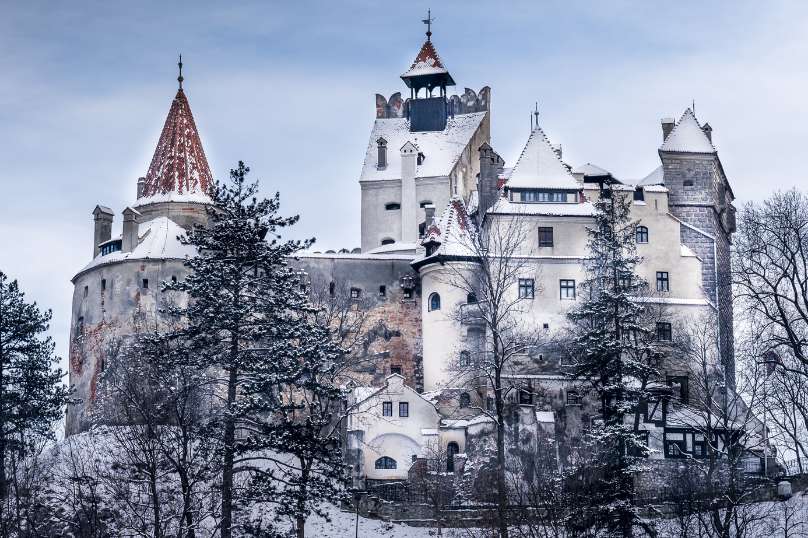

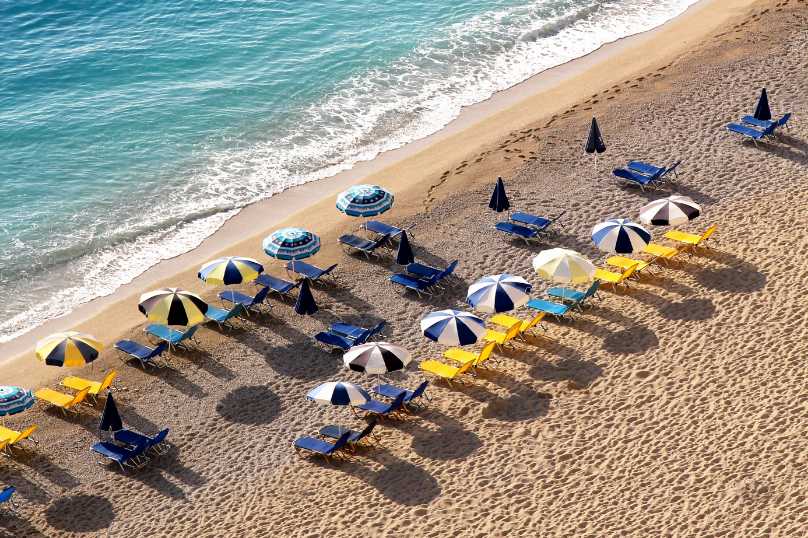
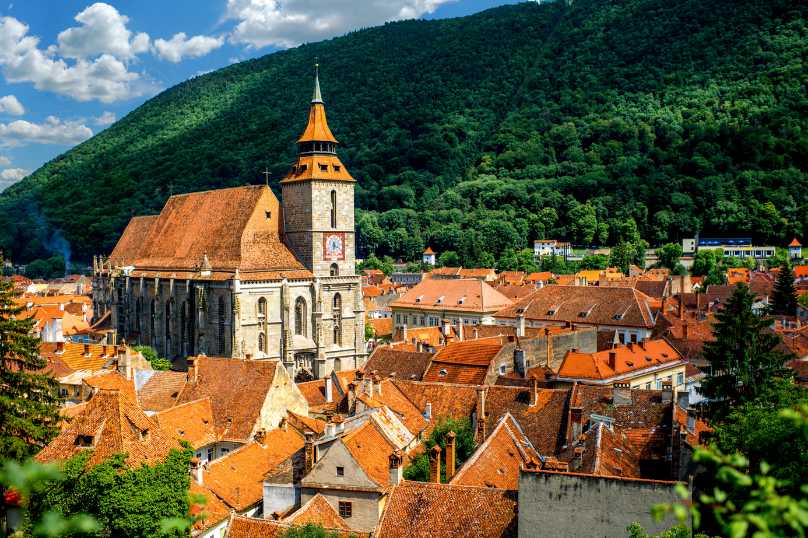

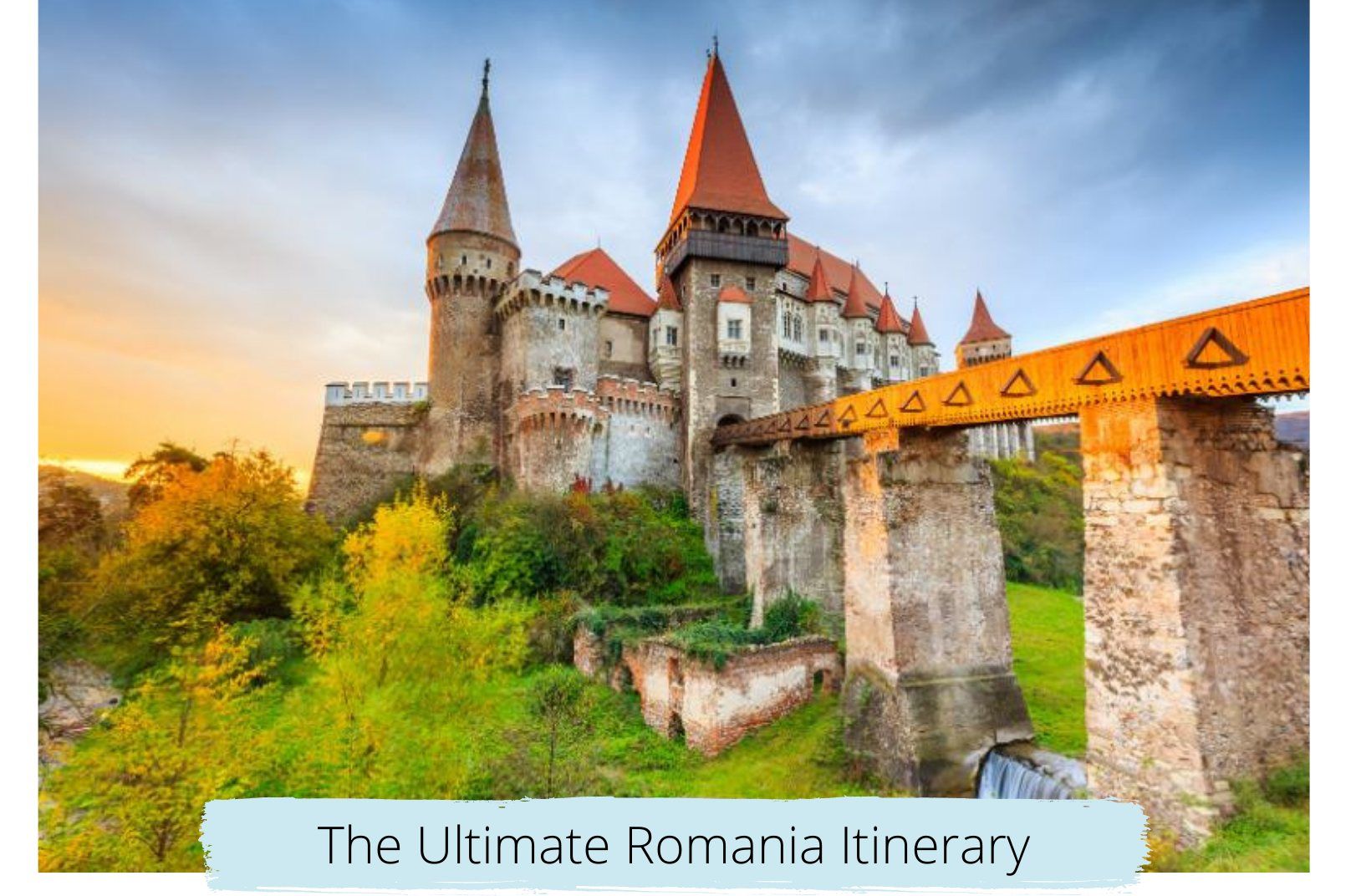
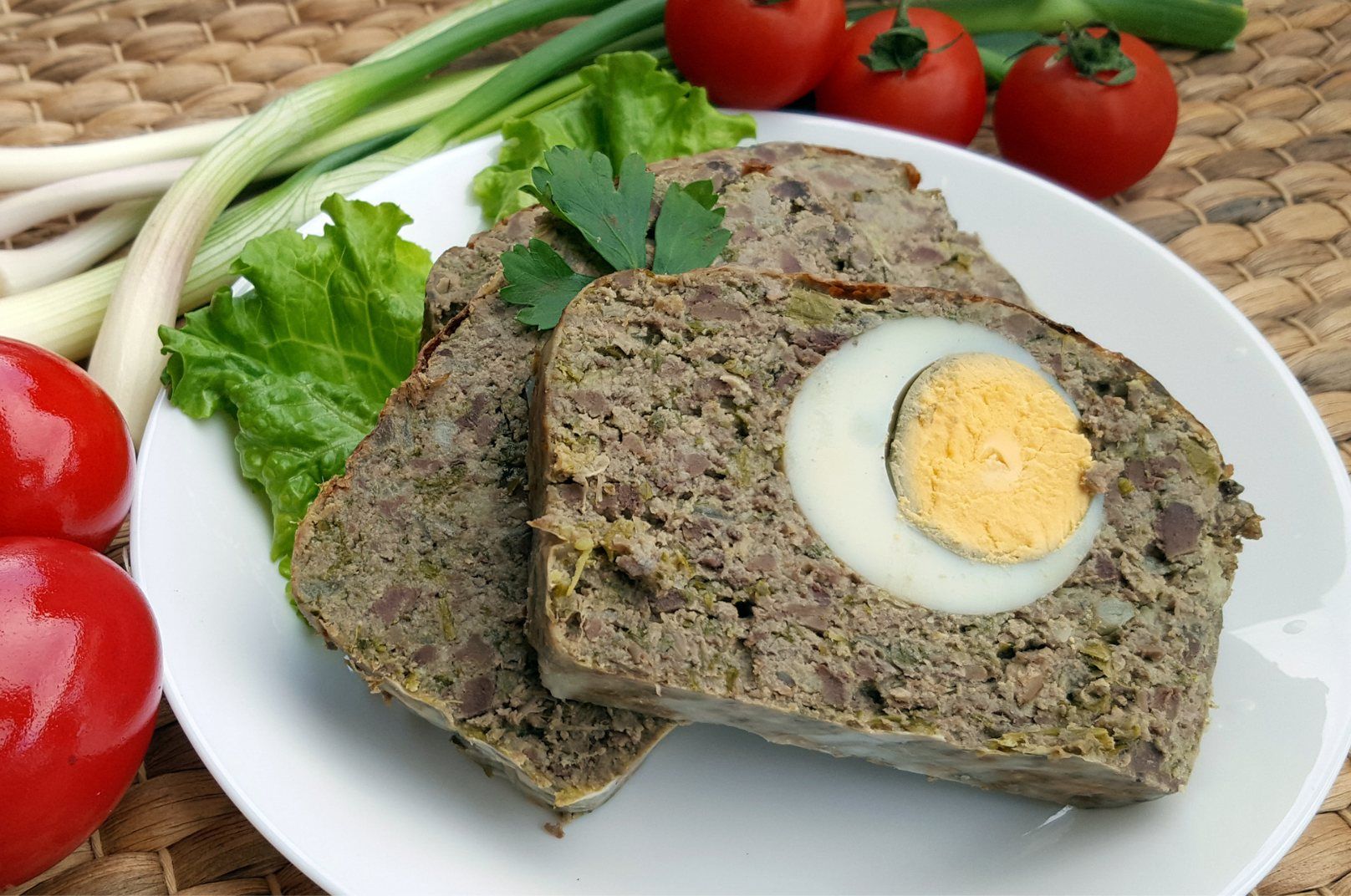
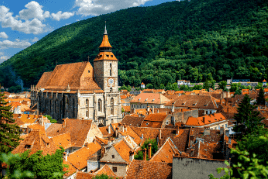
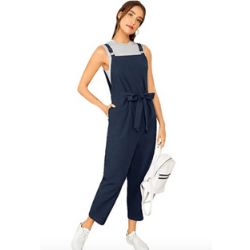

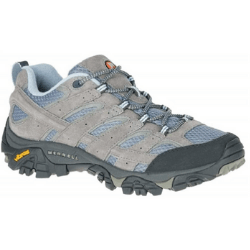
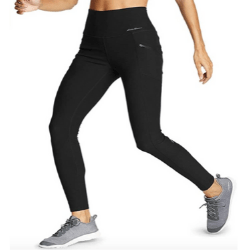
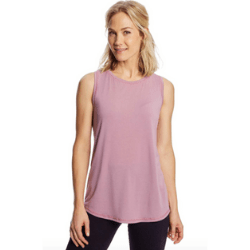
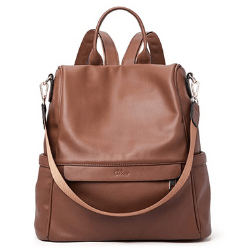



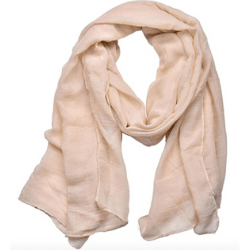

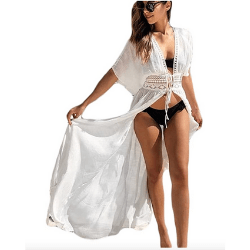
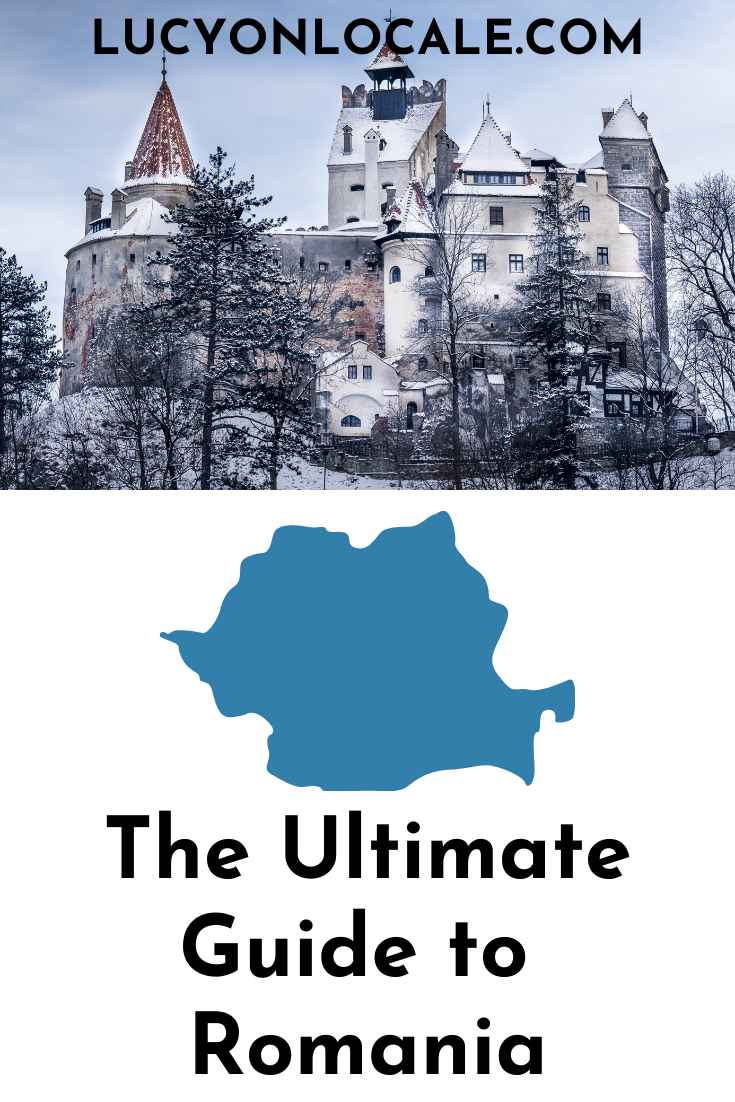





LaRena
I have always wanted to go to Romania. Now I want to go even more. Beautiful pictures. Thanks for the information.
Lucy On Locale
I’m so glad you found my guide helpful! I absolutely LOVED Romania, and I recommend it to anyone who will listen!